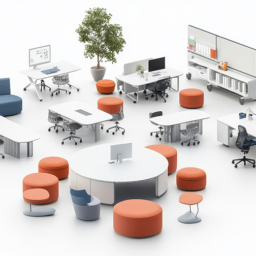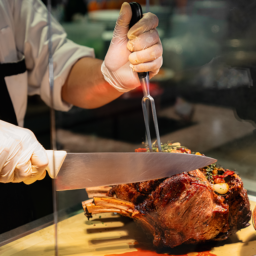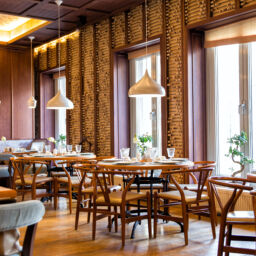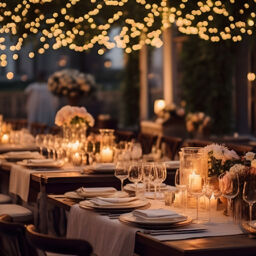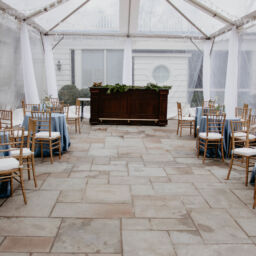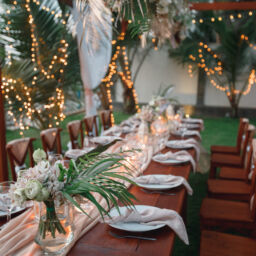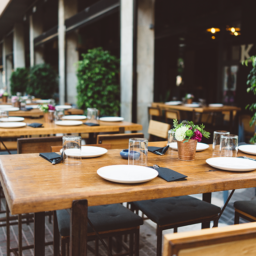Introduction
Hybrid events are no longer a novelty—they’re the new normal. From corporate summits to weddings and educational workshops, the expectation is clear: spaces must support both in-person and virtual attendees seamlessly. Static layouts and one-size-fits-all floorplans don’t cut it anymore.
Today’s venues need to be as agile as the events they host, with the ability to pivot between formats, capacities, and audience types. That’s where flexible, dynamic room design—and smart tools like Placez—make all the difference.
Why Hybridity Is Now the Baseline
The events of the past few years accelerated a shift that was already underway. Attendees expect choices: to join in-person, stream from home, or attend in satellite locations.
This has placed new pressure on venues to:
-
Blend physical and digital experiences
-
Support multiple AV configurations
-
Provide flexible seating, staging, and traffic flows
A dynamic room isn’t just a nice-to-have—it’s a competitive advantage.
What Makes a Room Truly Flexible?
Dynamic rooms are designed to transform quickly and intuitively. They accommodate multiple formats, sometimes within the same day.
Key features include:
-
Modular furniture and stage design
-
Movable partitions or retractable walls
-
Smart zones for simultaneous live streaming and in-person engagement
-
Infrastructure that supports various lighting, sound, and streaming needs
These aren’t trends—they’re now baseline expectations for high-performing venues.
Designing for Flexibility with Placez
Even the most adaptable room needs a strong planning foundation. That’s where Placez becomes essential.
With Placez, you can:
-
Visualize multiple layouts for the same room across event types
-
Build custom configurations for different audience sizes or accessibility needs
-
Add notes and annotations for AV requirements, equipment zones, and traffic flow
-
Collaborate with planners, vendors, and clients in real time
The result? No surprises. No disconnects. Just clear, confident execution.
Examples of Hybrid Room Configurations
1. Boardroom to Broadcast Studio
Executive meeting in the morning — live streamed keynote to remote offices in the afternoon.
2. Wedding to Remote Reception
Ceremony onsite with a 50-person guest list — evening reception streamed to guests in multiple cities
3. Workshop to Hybrid Panel
Interactive roundtables in-person — simultaneous Q&A with a virtual audience.
Placez makes it easy to plan, adjust, and present each version of these hybrid environments.
Final Thoughts: Adaptability Is the Future
The most successful venues of 2025 and beyond will be those that design for versatility first. With hybrid events becoming the standard, the need for fast, visual, and flexible layout planning is only growing.
Placez helps venues meet that demand head-on—empowering teams to create adaptable, engaging, and efficient hybrid spaces with ease.
Frequently Asked Questions (FAQ)
1. What defines a “hybrid” event space?
A hybrid space supports both in-person and virtual components, often simultaneously. It must account for AV needs, spatial flow, and guest engagement across formats.
2. Why is layout flexibility so important now?
Event demands can change quickly. A space that can pivot between configurations allows venues to host more diverse events with fewer logistical bottlenecks.
3. How does Placez help with hybrid room planning?
Placez lets you design multiple layouts, add annotations, and adjust in real time—all while collaborating with clients and vendors to align on needs and logistics.
4. What types of venues benefit most from hybrid design?
Corporate venues, universities, hotels, coworking spaces, and even wedding venues now benefit from offering multifunctional, tech-friendly environments.
5. Can Placez handle changes on short notice?
Yes. Placez is built for agile planning, allowing you to shift layouts, equipment placements, and guest flow quickly with a few clicks.


